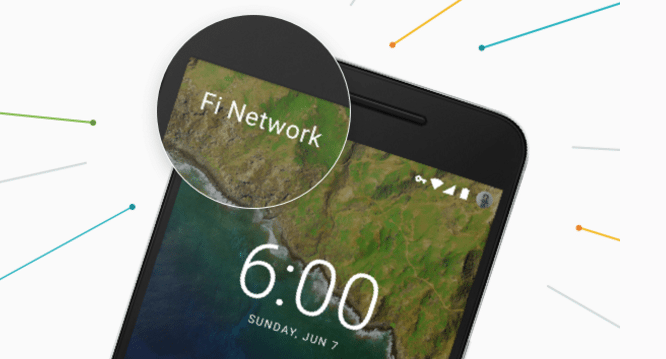Addition of U.S. Cellular network access to current partners Sprint and T-Mobile give Google Project Fi MVNO access to 3 of nation’s 5 largest networks
Google’s Project Fi mobile virtual network operator service added regional domestic carrier U.S. Cellular to its network, which now includes access to three of the five largest carrier-owned networks in the country.
Evan Jacobs, Project Fi product manager, noted in a blog post that access to U.S. Cellular’s network would begin to roll out in the coming weeks. That network covers nearly 32 million potential customers across parts of 23 states using more than 6,300 cell sites. U.S. Cellular claims its LTE service is available to 99% of its covered pops, while also relaying on CDMA service for 2G and 3G service.
The Google MVNO launched in April 2015, tapping into cellular network resources from Sprint and T-Mobile US, as well as a heavy reliance on Wi-Fi connectivity. Technology embedded into the service’s handsets seeks out the strongest signal to support voice and data communications. Current handsets compatible with the service include the Huawei-built Nexus 6P and LG-assembled Nexus 5X. Google late last year announced availability of a free data-only SIM card providing access for tablet devices like the Apple iPad.
The service availability to consumers was initially limited in scope, but has since been opened up to all who are interested. Google noted earlier this year that customers were using an average of 1.6 gigabytes of cellular data per month, with Jacobs this week noting Fi users “spend about 95% of cellular time on LTE – which will improve even further with the addition of U.S. Cellular.”
The move could be a compelling opportunity for U.S. Cellular, which has recently struggled financially as it attempts to remain competitive with its larger nationwide rivals. The carrier managed to post modest customer growth during the first quarter of the year, with approximately 57,000 net connection additions for the quarter compared to just 21,000 net connection additions for the same period last year, as well as improved customer churn numbers.
However, the growth came at a cost as postpaid average revenue per user slipped $6.74 year-over-year to $48.13 per month in Q1 2016, while postpaid average billing per user dropped $2.44 to $56.06. The spending slump resulted in a 1% drop in operating revenue, which came in at $965 million for the latest quarter. Combined with a 34% increase in operating expenses, the results led to a steep drop in net income from $160 million last year to just $9 million this year.
Bored? Why not follow me on Twitter

